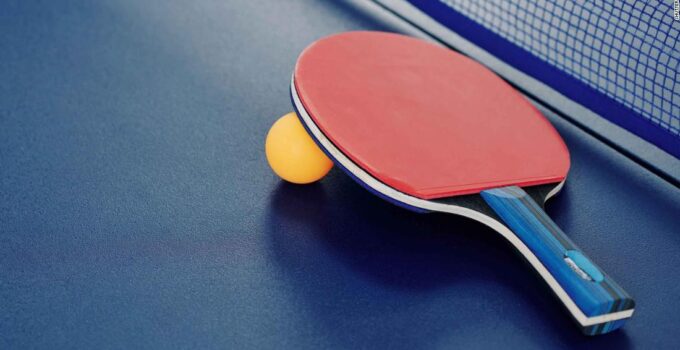Both indoor and outdoor games require a decent level of expertise in basic skills and strategic understanding of the game. Table tennis is no exception to that. Layering your game by perfecting the art of basic table tennis skills with understanding the psychology of your opposition can aid in launching yourself to a successful venture.
If you are a beginner or are generally interested in table tennis and the technical tools of a table tennis player, follow Pingpongbeast. This is an educational and research-intensive blog website aimed at enlightening its readers with facts and reviews of the game.
Five Basic Table Tennis Skills And Techniques
History tells you that table tennis was a game that was invented in England and was previously known as Ping Pong. Over the years,ping pong tennis has become more stylized as players from all over the world perfected the basics and invented their own signature takedowns.
So, without wasting another minute, let’s go through some of the basics that you need to emulate as a beginner.
1. Body Language
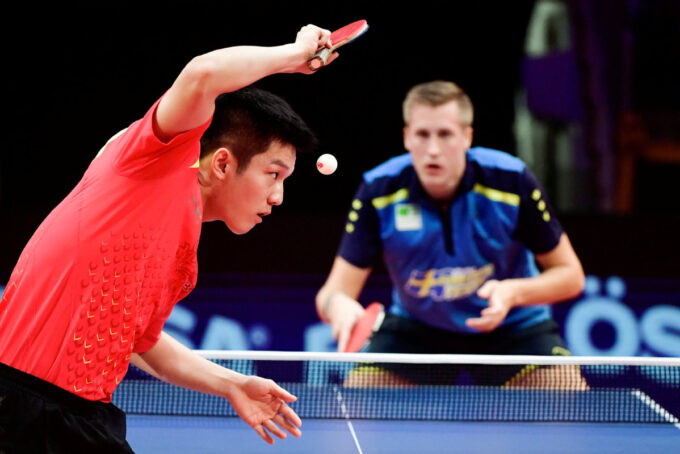
Source: bet-bet.net
Body language has a great influence not just during the active course of the game, but even before the game commences. A commendable sportsmanship attitude with a decent touch of intimidation always helps to foster healthy competition between you and your opposition. However, during the game, there are certain aspects that you need to pay special attention to.
-
Feet
Make sure you keep your feet widely away from each other. Also, it is often advised that your feet should be in line with each other. If you are a left-handed person, it is recommended that you keep the right half of your lower body slightly ahead of the other half.
Keeping your legs wide open will help in easy movement that will be aligned parallel along the width of the table.
-
Knees
It is important that you keep your legs loose and the same can be achieved if you slightly bend the knees. How this might help is that you will be able to respond with immediacy when the opposite suddenly executes a sudden stroke.
-
Spine
Imitate a hunchback position and crouch your spine by curve your waist and spine. What this does is that it provides easy elasticity to the body and a springing effect to surprise actions.
-
Arms
The ideal game stance with regards to your arms states that you should keep your dominant hand that is holding the paddle slightly in front of your body. After positioning your center of mass a little bit ahead of the waist, you are ready to play the game.
2. Forehand Drive
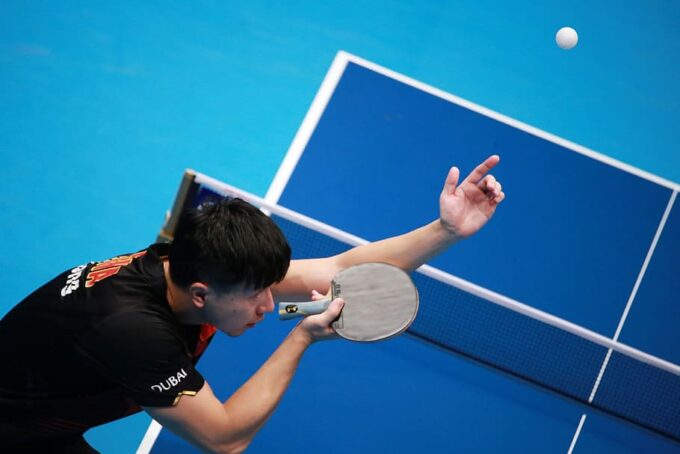
Source: racketsportscience.org
A forehand drive is used when you want to hit the ball back to the opposition’s side of the table that will be nearing his/her edge line. What bodily changes are required in this move is that you slightly move away from the incoming ball and as soon as it reaches the maximum height after a bounce, you hit the ball with maximum power.
Your torso should be inclined towards the table while shifting the weight from the back foot to the front foot. It helps in increasing both the speed as well as the spin of the ball. The angle at which you move your paddle or bat at the point of contact with the ball is upwards.
3. Backhand Drive

Source: experttabletennis.com
Just like the previous drive, this is again an attacking move. The basic stance for optimized execution of a backhand drive will require you to position yourself along the line of the incoming ball. Once you are done positioning yourself, stand obliquely to the ball by turning your attacking hand away or backward with respect to the ball.
As soon as the ball reaches the maximum height, make a powerful athletic move by moving the bat upwards and forwards. The speed of your body will determine the speed and power of the ball.
4. Forehand Push
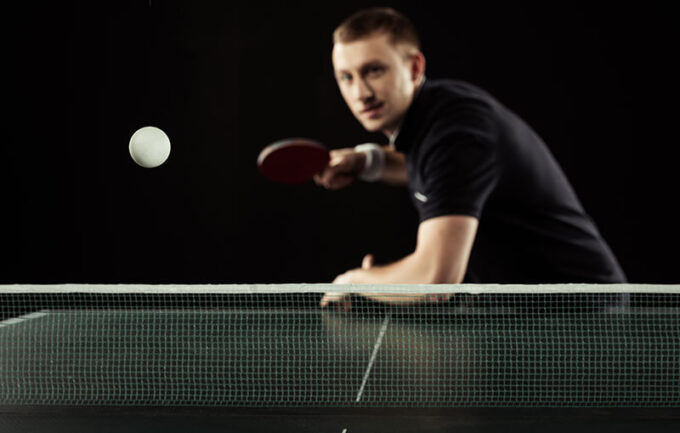
Source: gamingweekender.com
We need the forehand push because it is a useful stroke especially on the return of the serve and to counter a heavy backspin ball when you are not in a position to make an attacking stroke. The basic things you need to consider for this move are:
Firstly, keep the legs fairly square to the table and a little side to the table. Secondly, make sure that you are starting with your bat laid back a little bit so that you can brush underneath the ball and can counter the backspin. The start position can be next to you or a little bit forward of that.
Thirdly, come forward, contact the ball and move your hand and wrist just forward towards the ball, towards the net.
5. Backhand Push
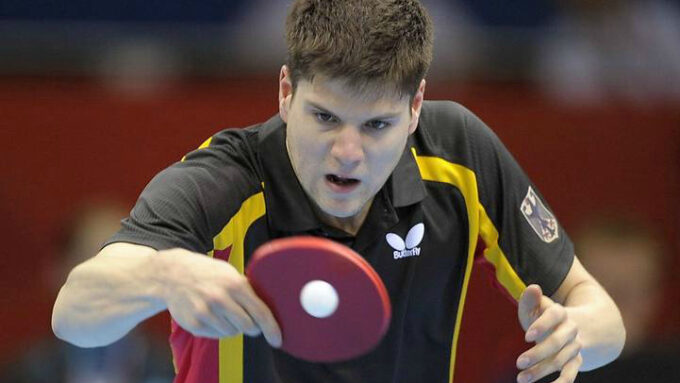
Source: experttabletennis.com
Backhand push is a really useful stroke if the other person gives you a backspin ball because with the push it is much easier to get the ball back. It is also a good stroke if you want to generate some backspin and make it hard for your opponent at the other end of the table.
Firstly, we start with the feet position, making sure your legs are bent. Secondly, your start position for a backhand push is in front of your body wherein you are going to lay your bat back a little bit so that you can counter the backspin on the ball.
Also, you will be able to generate the backspin yourself by brushing underneath the ball. Thirdly, you come forward, hit the ball, and follow-through down towards the ball or towards the net, depending on what type of spin is on the ball when it is coming to you. So the three basic things: feet square on, a foreword start position, bat tilting back, and push forward towards the table.
Wrapping Up
Emulate these basic skills and follow the game to not just be a skilled player but also add knowledge on various strategies that expert players execute in their own games. Observation is key and a lot can be learned by just watching players while they are playing at the top of their game.

